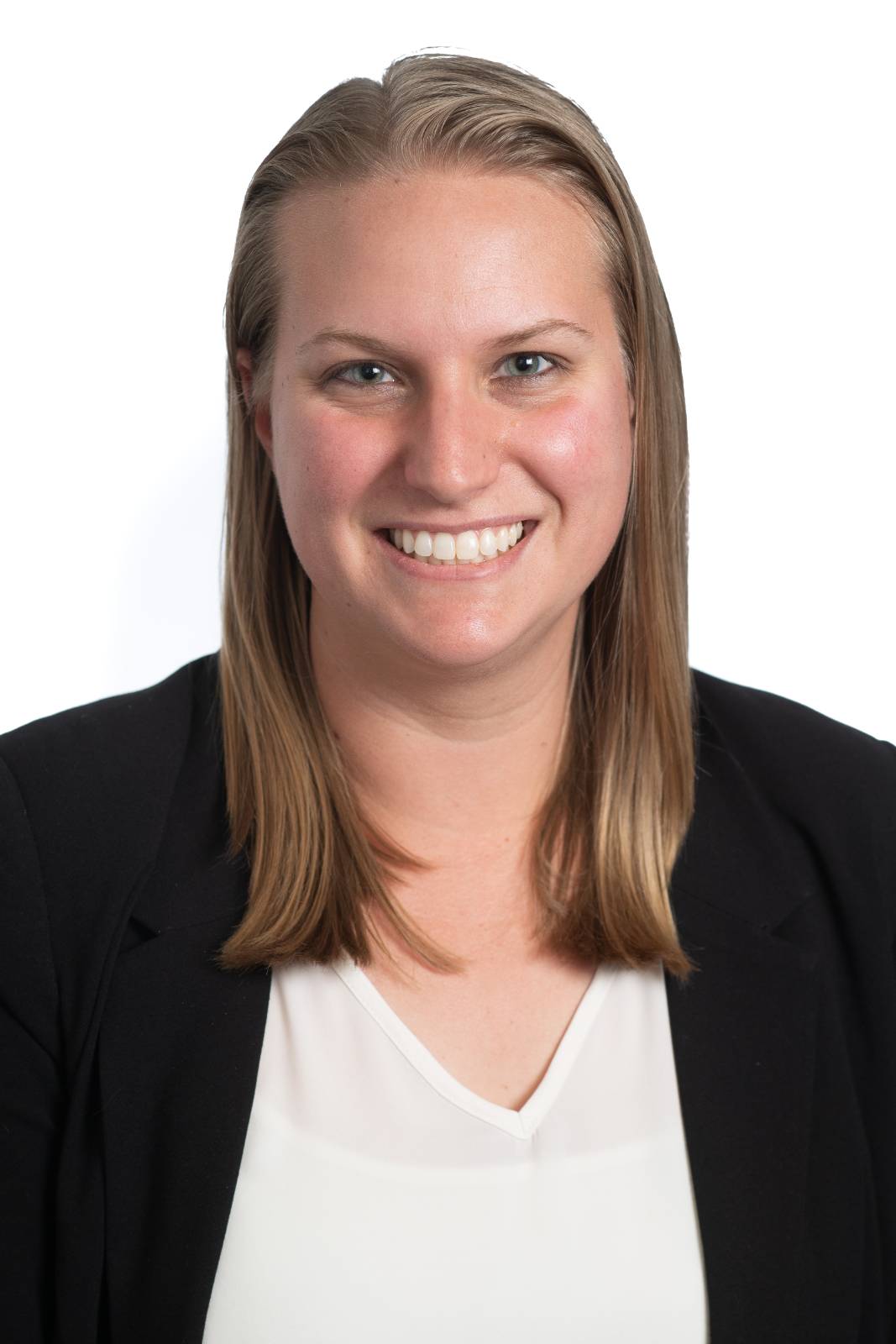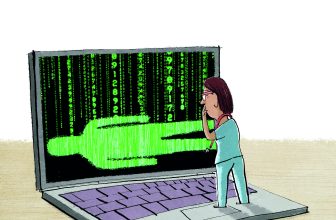
Katie J. Sikes, PhD – ORS
Assistant Research Professor
Preclinical Surgical Research Laboratory
Translational Medicine Institute
Department of Clinical Sciences
School of Biomedical Engineering
Colorado State University
Brief Bio: I received my bachelor’s degree in biomedical engineering from Rose-Hulman Institute of Technology in 2011 and my PhD in bioengineering from the University of Illinois at Chicago in 2016. I am currently an Assistant Research Professor in the Preclinical Surgical Research Laboratory (PSRL) within the Translational Medicine Institute (TMI) at Colorado State University (CSU) and hold a Core Faculty position in the School of Biomedical Engineering (SBME).
Who have been your mentors?
Glen Livesay was my undergraduate research advisor at Rose-Hulman Institute of Technology and is credited for getting me involved in tendon research. My formal advisors, including Vincent Wang (Virginia Tech) and Anna Plaas (Rush University) during my PhD at the University of Illinois at Chicago/Rush University, Dave Frisbie (CSU) during my post-doc, and Jeremiah Easley (CSU) while a research scientist in the PSRL, supported my continued interest in tendon research. I want to thank all those mentors for taking a chance on me and allowing me the space to explore my research and career interests! Many informal mentors were instrumental in my academic journey. This included Elizabeth Shewman (Rush University), Rebecca Bell (Cornell), Deva Chan (Purdue), and Kelly Santangelo (CSU). I encourage mentees to establish both formal and informal mentoring relationships.
What are your specific research areas and expertise?
My research program seeks to develop novel therapeutic approaches to combat tendon and ligament injuries (primarily Achilles tendinopathy and anterior cruciate ligament rupture) through an interdisciplinary framework leveraging mechanical, molecular, and functional techniques. Correspondingly, I also utilize my engineering background to develop mechanical preclinical models that better mimic clinic injury induction and minimize confounding factors associated with surgery and/or chemical induction.
As an Assistant Research Professor, I have a unique position (contractual, non-tenure track) where I also serve as a Principal Investigator within the PSRL, where I collaborate with industry and academic partners to conduct preclinical investigations of novel devices, implants, and biologics following ISO10993 biocompatibility standards under GLP compliance for regulatory submissions to the FDA.
What are you currently working on?
My specific research direction is very student driven as I am passionate about helping students get to where they want to be. My students come from all disciplines: biomedical engineering, toxicology, and veterinary clinical sciences. Globally, the theme of our work is understanding the pathogenic role of metabolism driven mechanisms in the development of tendon and ligament injuries and identifying novel therapeutic options that target metabolic pathways.
What has been the biggest challenge for you in your research?
I am incredibly thankful that my academic journey thus far has looked a bit different than the typical faculty member. As it is a unique path, it has presented its own difficulties. My undergraduate, PhD, and post-doc research were all conducted in small laboratories (1-2 students max) in which I was immersed in all aspects of independent research with sometimes limited external resources. My current Assistant Professor position is non-tenure track where my “day job” is to conduct pre-clinical industry contract work. By night (sometimes literally) I work on my own research projects and mentor graduate and undergraduate students as part of the PSRL, a multi-PI collaborative group. Finding a balance between these two facets of research has been difficult; however, my experiences have made me a stronger, well-rounded researcher understanding the complexities of translational science.
What project(s) are you looking forward to in the near future?
We are working towards understanding molecular mechanisms associated with tendon and ligament injury and we are excited to utilize what we have learned to move towards therapeutic development of biologics and biomaterials for both human and veterinary applications.
What do you want to do next in your career?
Believe it or not, I want to continue doing exactly what I am doing. While my contractual, non-tenure track position may be risky and time-consuming, I feel as if I am fortunate because I get to do it all!
What advice would you give young investigators in the field?
Find your own path and the role that is the right fit for you; you don’t need to fit into the box that academia has defined for you to feel fulfilled in your career! Actively pursue and embrace diverse opportunities and make the best of every opportunity that is presented to you. You never know where it may lead!
When you’re not in the lab, what do you like to do for fun?
Outside of my career, I enjoy swimming, paddle-boarding, hiking, cooking, gardening (essentially a side research project), and reading.
What resources would you like to see available from the ORS Tendon Section?
The tendon section has been instrumental in providing opportunities for students and early career faculty. I look forward to seeing the tendon section grow and would enjoy seeing other multidisciplinary research areas get incorporated that inspire members and provide access to cutting-edge techniques from other fields.
How can we follow you?
Lab Website | ResearchGate




